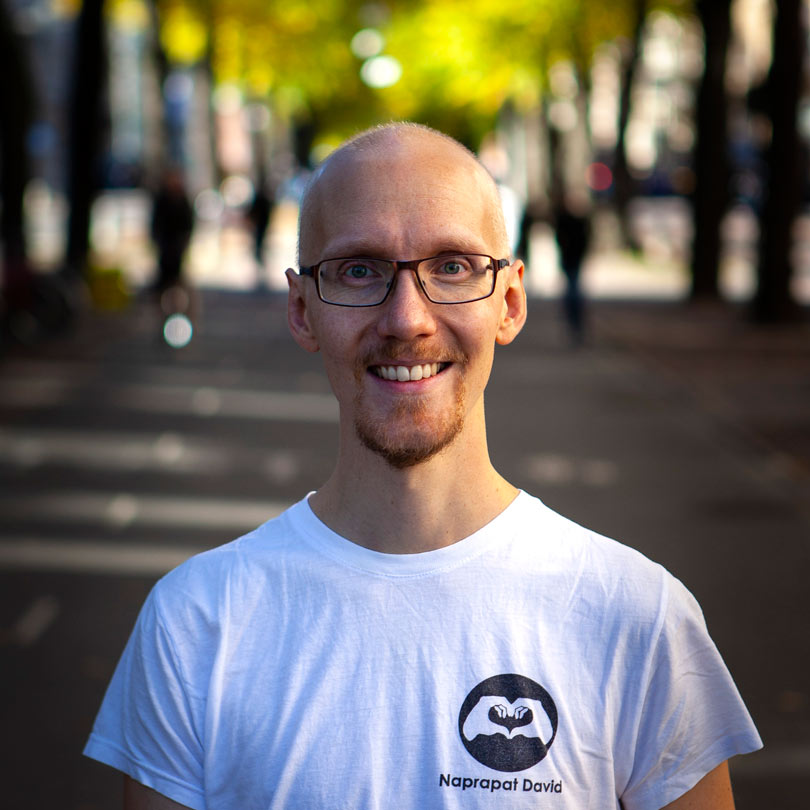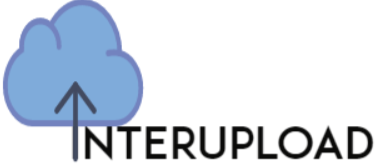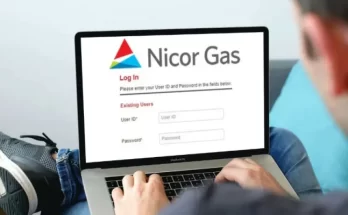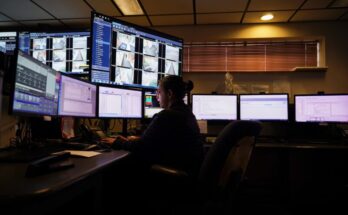What does a naprapat do?
A naprapat (naprapath) is part of health care in Sweden (it is thus not a form of alternative medicine). The naprapath helps his patients with mainly musculoskeletal disorders. In other words, diseases and problems from muscles and joints, but also nerve-related problems, the Naprapat can help with. Naprapaths have had in Sweden since 1994, which is obtained from the National Board of Health and Welfare through a completed Naprapath degree from the Scandinavian Naprapath University. The education is 4 years plus one internship, so it is 5 years in total.

How does a visit to a naprapat go?
Much focus is placed on the patient’s history to find causes and reasons for what they are looking for. Then the visit continues with an examination where you test the various possible diagnoses and try to find out what kind of diagnosis it is about – as specifically as possible. Then a proposal is made for treatment where a variety of manual techniques and rehabilitation / physiotherapy exercises can be performed to reduce pain, stiffness or whatever it is you are looking for. The treatment is always adapted individually to get as fast, safe and effective results as possible. Naprapaten also further refers patients to the right healthcare institution if the problems are judged to be outside the area that Naprapaten can help you with.
What manual techniques does the naprapat use?
A naprapath is a manual therapist, specializing in musculoskeletal disorders, and can perform a variety of manual techniques to help you with your ailments.
Manual medicine means that the therapist in some way uses his hands to help you with your medical problems. There are a variety of techniques that are best suited for various ailments that a naprapath may learn during his training. Below is an overall explanation of what the different technologies are about.
Naprapats can manipulate joints
The naprapath can adjust / break / manipulate all joints in the whole body to make them more mobile and relieve pain greatly. Sometimes the adjustment can be followed with a real crack / break in the joint. Manipulation of joints has historically been thought to work by putting the joint back in the right place again. This has long been refuted and the theory of subluxation in that sense is no longer taught.
On the other hand, subluxation as a concept has remained, especially in certain parts of chiropractic, but does not mean that the joint has jumped out of joint and must be returned again. Rather, it refers to the fact that the joint is stiff and may need help to increase mobility by making the joint, which is stiff, move more again with various movements with the naprapath’s hands towards the patient’s joints. The technology is also called HVLA or High velocity low amplitude, or in Swedish “high speed and short distance”.
The Naprapat can mobilize joints
Mobilization of joints is a softer technique than manipulation of joints to make joints move more freely. Developed by the Norwegian physiotherapist Freddy M. Kaltenborn. The technique involves taking each joint to its most relaxed position and where mechanical stretching in the joint capsule in the direction of the joint is rigid.
The technique works almost as effectively as the more common manipulation of joints, but is not accompanied by the cracking of joints. Some patients do not like when it sounds, crackles and crashes so much and then these techniques can be of great benefit.
The Naprapat can trigger point-treated muscles
Sore points in muscles that are sometimes called trigger points or muscle knots can be treated by Naprapaten. The treatment is to relieve the pain and calm the muscle, this can be done in many ways, but often the Naprapath presses on the sore spot with a finger for a short while with increasing pressure and then slowly releases it. This reduces the sensitivity of the muscle and can often significantly reduce pain in and around the point in question. Often, trigger points can radiate away from the point and then pain and pull in connective tissue far away from the point in question. For example, the upper mantle muscle, m.trapezius descendens, is such a muscle that often radiates up into the head and there one pulls in the connective tissue of the skull so hard that one experiences tension headaches. Trigger point pain is often a little more diffuse than other radiating pain unlike nerves which can be radiating as well but often they are much stronger radiating with a rushing, flashing type of character.
Naprapat can stretch muscles
There are various techniques for stretching and stretching muscles. Most often, the goal is to make them softer, more mobile and less painful. There are many different stretching techniques and Naprapaten uses different ones for different types of ailments.
Below are the different ones that the Naprapat usually works with.
Static stretching where you take the muscle as far as it can and try to pull it a little longer slowly statically over time. Examples of static stretching of the upper lumbar muscle:Dynamic stretching or ballistic stretching where you swing more towards the outer position many times to soften the muscle.
PNF or Proprioceptive Neuromuscular Facilitation involves taking the muscle to its extreme position and there trying to relax for 10-15 s and then concentrically tense the same muscle that you are trying to stretch against a resistance, often a hand or a wall / floor. The tension is held for 3-5 seconds and then relaxed for 5-10 seconds and this is repeated 3-5 times. Between each concentric contraction, you try to take the stretch even further.
KAT or “Contraction Relaxation Stretching” is a stretch technique that involves taking out an outer position in the muscle you want to stretch, then you tighten it isometrically (think that the tension increases with the position maintained and without movement) for 3-5 seconds to then relax for 5-10 seconds and this is repeated 3-5 times.
INF or “Interoceptive Neuromuscular Facilitation” is a technique that involves inhaling the muscle that is opposite the one you want to stretch for 3-5 seconds and on exhalations relaxes. This is repeated like the other techniques 3-5 times.
The naprapath can massage muscles
There are more than 600 muscles in the body and sometimes they become stiff and sore. Massage helps muscles to increase blood flow and speeds up recovery and reduces sensitivity and reduces pain effectively. For example, you can massage the neck and shoulder to relieve headaches or neck pain, or massage the lumbar spine and hips to calm a back shot. Naprapaten uses techniques from sports massage and Swedish classical massage, as it is called. But which areas are massaged are always adapted to the area of the problem. In some treatments, there is a great focus on massage. Treatments with a Naprapat are always adapted to the problem you are looking for and there is no standard treatment that is always torn off (therefore techniques and treatment can vary enormously from patient case to patient case).
The Naprapat helps with rehab for muscles and joints
The vast majority of patients are first helped to find out what is wrong and then relieve the pain through various manual techniques such as adjustments, massage, trigger points and the like. Then a lot of responsibility is placed on the patient himself to perform rehab exercises and train muscles that can both prevent and help get the problems they have sought help for.
There is a wide range of different options that are always individually adapted to the patient’s wishes and goals of the treatment. You can go through ergonomic advice, mobilizing and softening exercises for joints and stretching for muscles. There are also exercise exercises for all muscles and joints. Most diagnoses and ailments have their main exercises that are tested and sent with during the treatment to continue performed at home, as part of the treatment.
Static training or isometric training where you tense a muscle repetitively to briefly relax and then tense it again, is a fairly common form of training in the early rehab stage when you may not be able to load the joint so hard with weights or rubber bands.
Concentric and eccentric training – where you stretch and shorten muscles the concentric phase and then lengthen muscles during the eccentric phase – is a common treatment method. Different variants are used for different diagnoses, sometimes only the concentric phase and sometimes only the eccentric. Especially with problems related to tendons, eccentric training has gained momentum thanks to Swedish researchers. But it seems that the most important thing is to train muscles and tendons and step up the load more and more, whether it is concentric or eccentric.
Self-mobilization of joints for each joint throughout the body is often used as a complement to adjusting and mobilizing the joints manually. Many of these exercises are found in yoga and various other types of stretching methods. It is often a matter of using the movement that is in the joint you have problems with and trying to push that movement a little more. This is often done by breathing out slowly while pushing the movement. But it is not yoga that is taught, but specific exercises for the very joints that the patient has problems with.

Naprapat David Björhag i Värnamo Småland Sweden – Writer of this article
Visit the best Naprapat in Värnamo Småland with the highest reviews Naprapat David Björhag Värnamo
He can help you with your spine and a lot of other disorders from your body.
There is a lot more info about Naprapat David and about Naprapathy on his webpage www.varnamonaprapat.se



